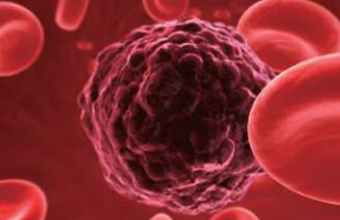
- Causes heat accumulation in cancer cells
- Constriction and damage of new blood vessels in cancer tissue
- Direct necrosis of cancer cells
The history of hyperthermia
-
 3000 BC
3000 BC
Treatment of breast tumors using high temperature
-
 2600 BC China
2600 BC China
Heat treatment using moxibustion on the Yellow Emperor's Inner Canon
-
 700 BC Ancient Rome
700 BC Ancient Rome
Physical therapy using heat
-
 2,500 years ago during the Three Kingdoms period
2,500 years ago during the Three Kingdoms period
Treatment using hot springs
-
 Finland 2000 years ago
Finland 2000 years ago
Using heat to recover from fatigue through saunas
-
 18th century American Indians
18th century American Indians
using hot mud to treat arthritis and neuritis
Hippocrates(BC 460 ~ BC 377년경)
Cure with heat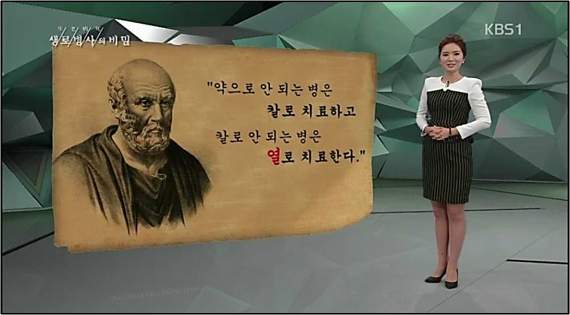
Effects of REMISSION 1℃’s hyperthermia therapy
 hyperthermia
hyperthermia
- Increased immunity
- effect of influx of antibodies into the blood and excretion of waste products
- Pain reduction effect
- hormone stimulation, pain suppression
- Reduction of cancer tissue
- blocking cancer cell nutrient supply, enhancing cancer cell necrosis/radiation treatment effect, enhancing anticancer drug effect
Principle and process of necrosis in cancer tissue
-

When heat is applied to normal tissues
-
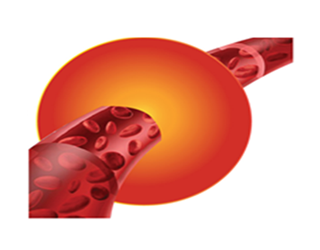
it dissipates heat by dilating blood vessels and promoting blood circulation.
-
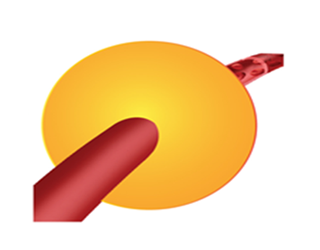
When body temperature returns to normal, blood vessels contract to their original state.
-
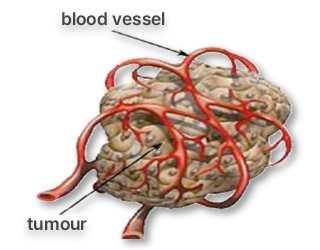
When heat is applied to cancerous tissue,
-
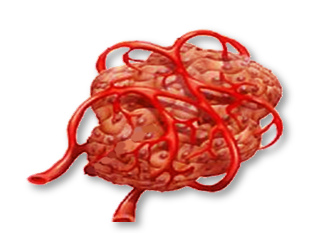
new blood vessels around the cancerous tissue cannot expand, so heat accumulates.
-

It causes damage to new blood vessels, reduces blood flow to cancerous tissue, and blocks nutrient supply, leading to necrosis of cancerous tissue.